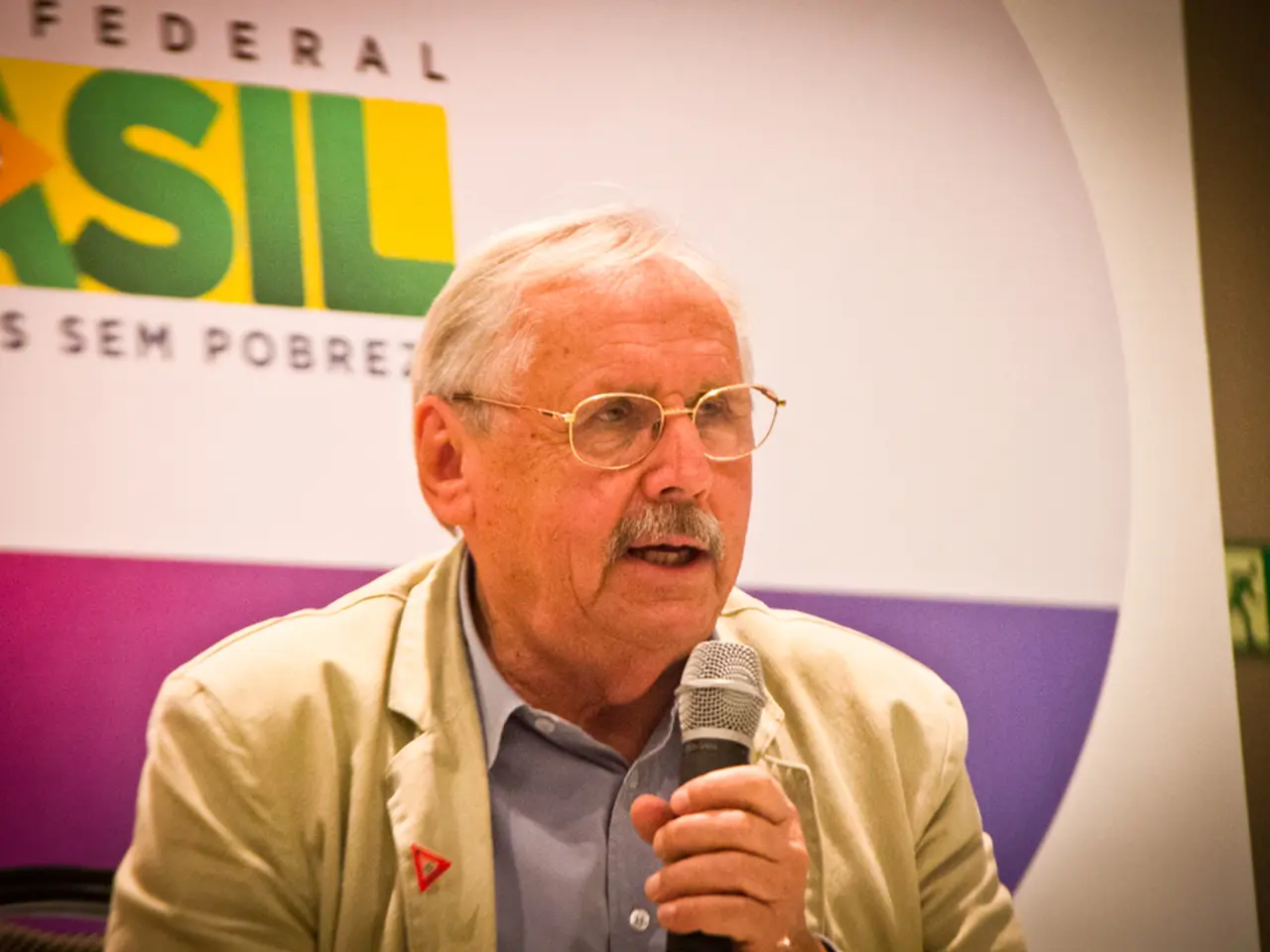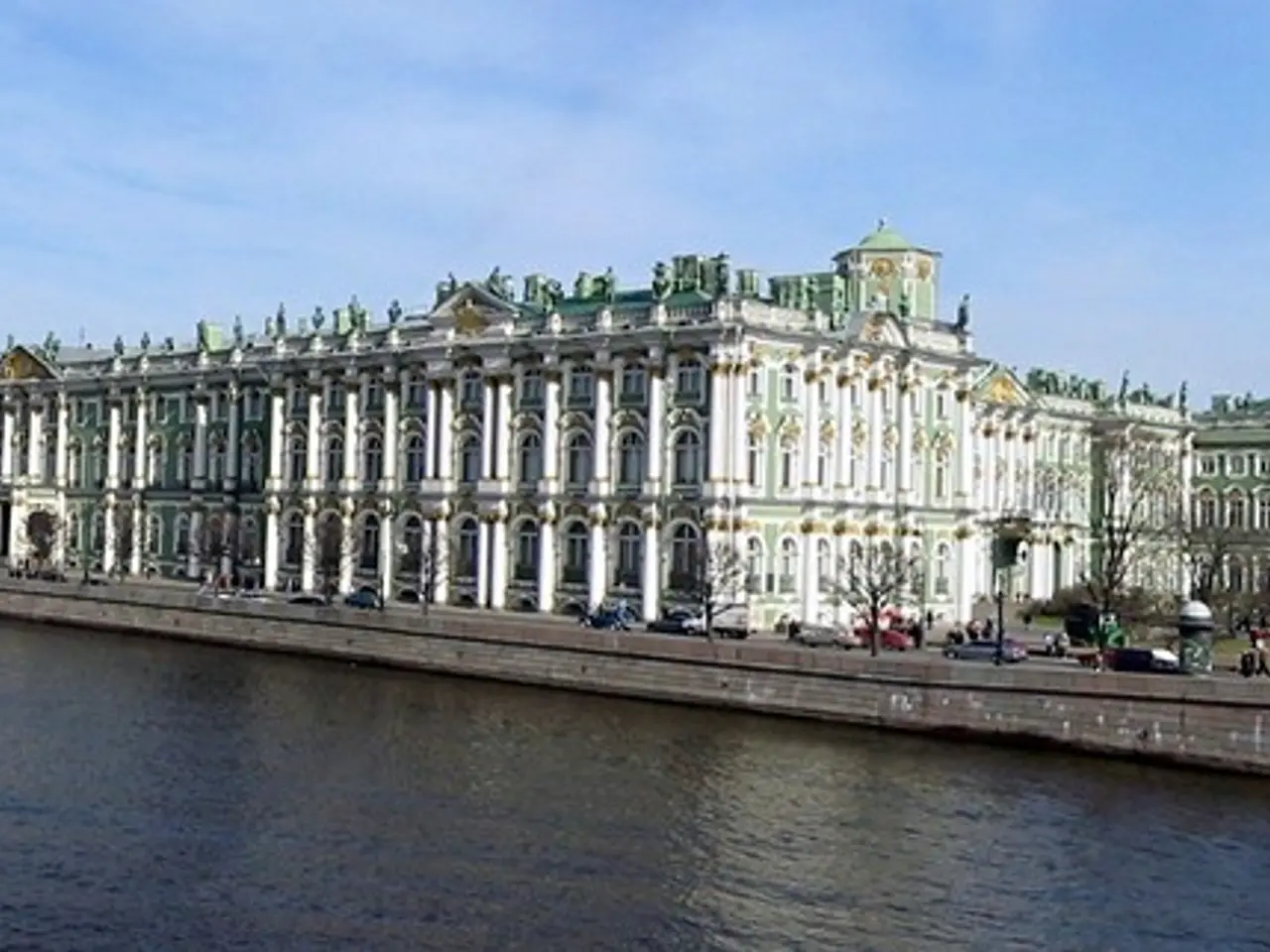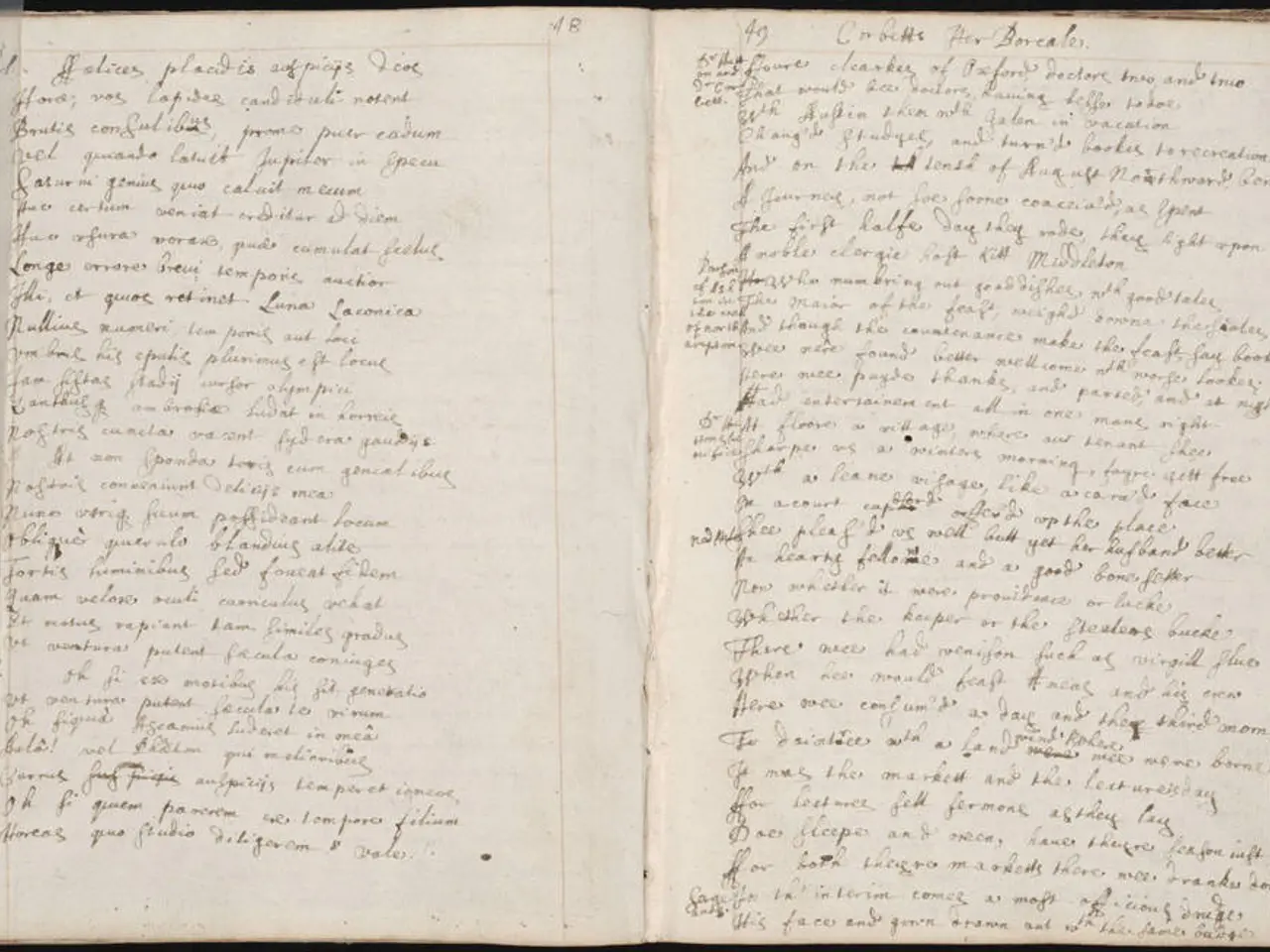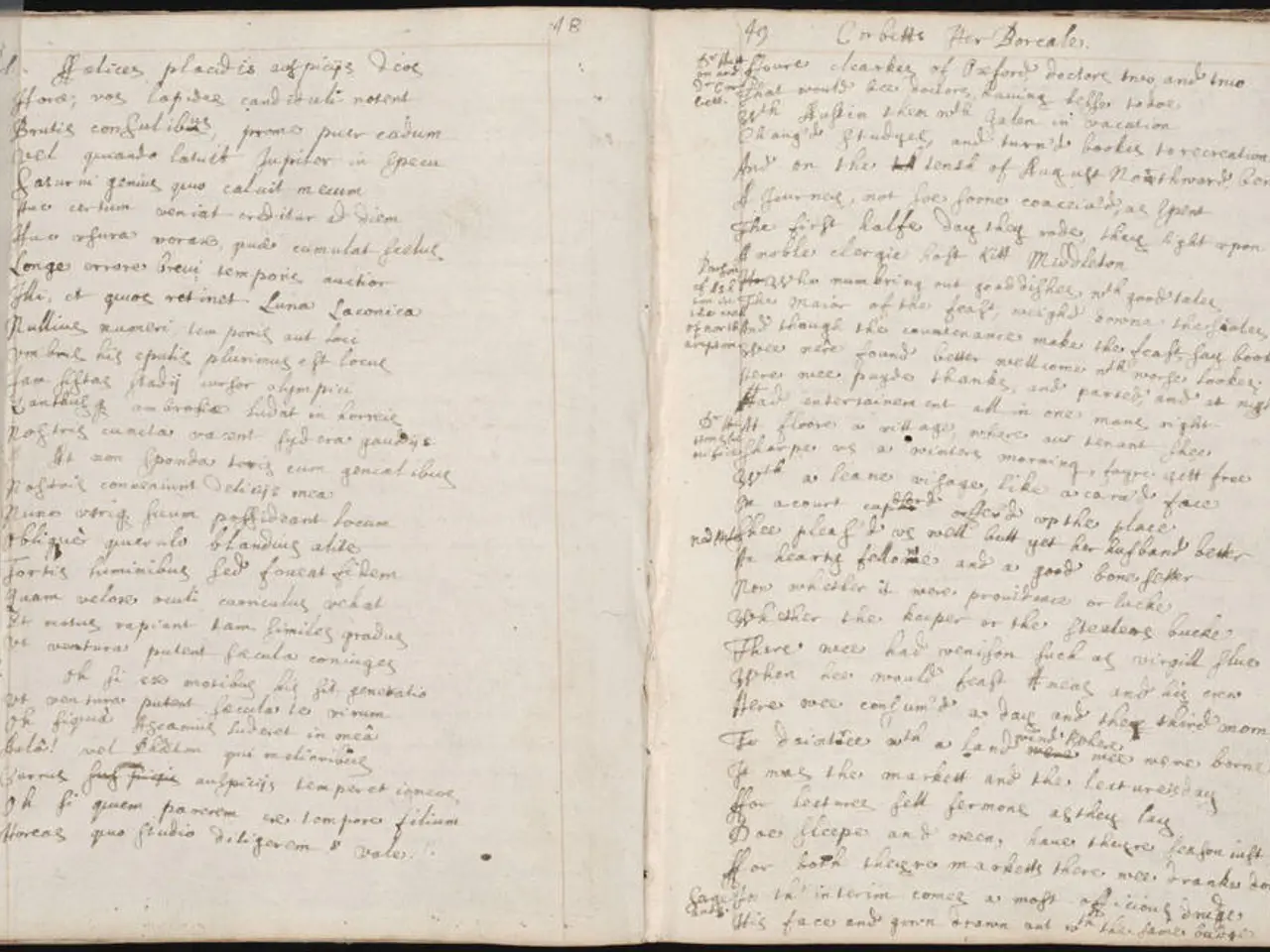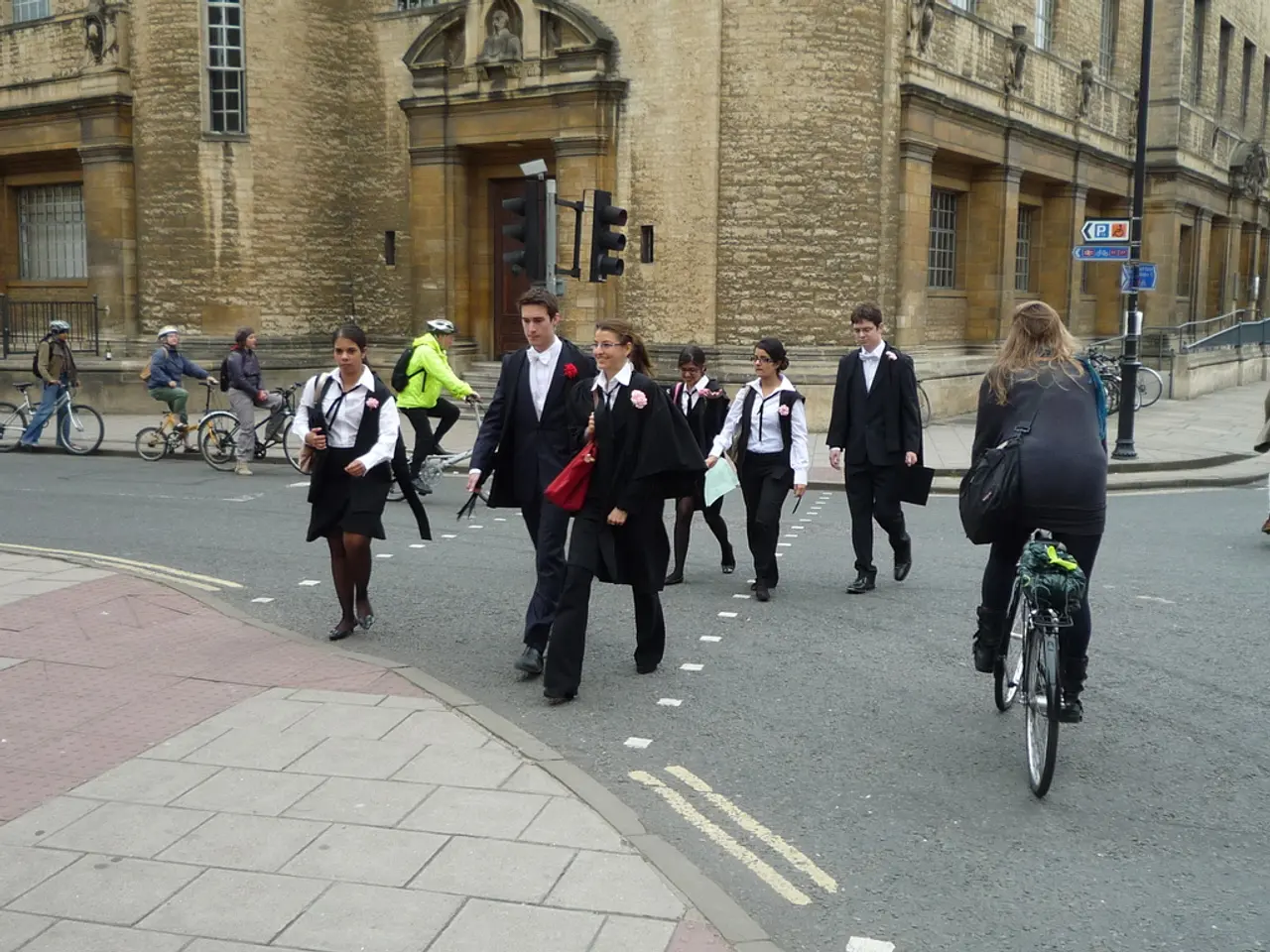Federal troops stationed in Los Angeles from California's federalized National Guard are set to be released and demobilized.
In a significant turn of events, approximately 2,000 California National Guard members have been ordered to begin demobilizing from their federal mission in Los Angeles, marking a partial withdrawal from their duties. This development comes over a month after President Donald Trump deployed the troops, a move that sparked a fierce opposition from state officials.
The dispute over the National Guard deployment centers on the protection of federal immigration agents, with federal officials arguing that local law enforcement had failed to provide adequate security. However, local officials deny these claims, maintaining that existing security measures were sufficient.
Governor Gavin Newsom has characterised the National Guard members as political pawns for the President in Los Angeles. In a statement Tuesday, he criticised the extended deployment as politically motivated. The governor had strongly opposed the federal activation, characterising it as an "unprecedented power grab" and filing a lawsuit to block the deployment.
The legal challenge saw mixed results, with a federal judge initially ruling in Newsom's favor before an appeals court determined the president likely acted within his constitutional authority. The federal appeals court has also determined that President Trump likely acted within his constitutional authority to control the California National Guard troops.
The ongoing tensions between the Trump administration and California officials continue over federal immigration enforcement and state sovereignty issues. Vice President J.D. Vance defends the federal response as "very much necessary" and states that conditions in the area have improved since the National Guard's arrival. However, Governor Newsom continues pressing for complete withdrawal of all federal forces.
The National Guard members were federalized in early June under Title 10 authority, which allows the President to call into federal service the National Guard of any state when the United States is invaded or is in danger of invasion by a foreign nation, when there is a rebellion or danger of a rebellion against the authority of the Government of the United States, or when the President is unable, with the regular forces, to execute the laws of the United States.
The legal conditions for the National Guard’s federal intervention in a state are invasion threat, rebellion, or failure of regular forces to enforce federal laws, under statutory authority managed through the governor but effectively subject to presidential control in these extreme cases.
The demobilization affects roughly half of the deployed National Guard members, leaving nearly 2,000 members without a mission or direction. The Pentagon spokesman, Sean Parnell, stated that the partial withdrawal reflects progress in the mission's objectives. However, the remaining members continue to serve without a clear direction or purpose.
In conclusion, the partial withdrawal of National Guard members from their federal mission in Los Angeles marks a significant step in the ongoing political and legal battle between the Trump administration and California leadership. The future role and deployment of the National Guard in California remains uncertain, as the dispute over federal immigration enforcement and state sovereignty issues continues to unfold.
[1] https://www.reuters.com/article/us-usa-immigration-california-idUSKCN1S62RK [2] https://www.nytimes.com/2025/06/10/us/politics/california-national-guard-trump.html [3] https://www.washingtonpost.com/politics/2025/06/10/california-national-guard-deployment-trump/ [4] https://www.cnn.com/2025/06/10/politics/california-national-guard-trump/index.html [5] https://www.justice.gov/opa/press-release/file/1310571/download
- Despite the partial withdrawal of National Guard members from their mission in Los Angeles, Governor Gavin Newsom continues to press for the complete removal of federal forces, citing political motivations behind their deployment.
- The ongoing dispute between California officials and the Trump administration over federal immigration enforcement and state sovereignty issues has been the focus of intense political, legal, and general news discussions.
- The demobilization of approximately 2,000 National Guard members from their federal duty in Los Angeles has left many without a clear mission or direction, according to Pentagon spokesman Sean Parnell.
- The legal conditions for the National Guard's federal intervention in a state, such as California, are based on invasion threats, rebellion, or failure of regular forces to enforce federal laws, under statutory authority managed through the governor but effectively subject to presidential control in extreme cases.
